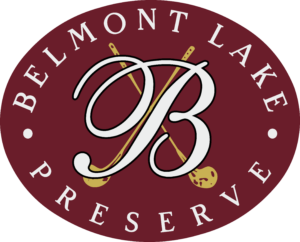6 Smart Steps to Prepare for Your Upcoming Retirement
Even workers who love their jobs have dreams of a happy retirement, but giving up the daily grind is easier said than done. The transition from employee to retiree is a daunting one in the best of circumstances, but a lack of preparation can make things much worse.
Whether you are planning your exit from the workforce next year or a decade from now, it is important to be as prepared as possible. Hopefully, you have been diligently saving for your post-work life, socking away money in your 401(k), fully funding your IRA each year and building a balanced portfolio you can rely on once those paychecks stop.

Even so, it never hurts to be overly prepared, and few retirees fret that they saved too much or spent too much time getting ready for life after work. As your chosen retirement date approaches, it is time to ramp up your preparation, not slack off. Here are six essential steps you should be taking before you sign that resignation letter and pick up your gold watch.
- Track your spending. Knowing how much you are spending now is an essential first step to determining how much you might spend once you retire. As your retirement date approaches, take the time to carefully track your spending for at least six months. You may be surprised at what you find.
- Categorize your expenses. Tracking your current spending will give you a baseline to work from, but you need to delve deeper to create a realistic post-retirement budget. Categorizing your current spending is important, since some expenses will go away once you retire, while others will increase. Once you are done working, you will likely spend less on clothes and commuting but more on hobbies and leisure activities. Quantifying these changes will help you develop the spending discipline you will need to make your money last.
- Review your health insurance options. The cost of health insurance looms large for most retirees, and you need to be prepared for these new expenses. If you are retiring early, you will need to review your health insurance options and assess the cost of an individual policy. Even if you are 65 and eligible for Medicare, you will still need to budget for a Medicare supplement plan. The government health insurance program for the elderly pays just 80 percent of eligible expenses, so you will need a supplement to cover the rest.
- Assess your portfolio. The transition from worker and saver to retiree and spender can be a difficult one, and it will almost certainly involve a rebalancing of your portfolio. Now is the time to review your investment choices, including how much you have in the stock market and how much is in income-producing vehicles like bonds and certificates of deposit. Since you will be relying largely on the income your portfolio produces, getting this right will be critical to your retirement success.
- Seek out new forms of income. When you are working, you rely mainly on a single source of income, namely your regular paycheck. When you retire, you will need to replace that income, but you do not have to put all your eggs in one basket. Developing multiple streams of income will give you extra flexibility in retirement, so that should be one of your biggest priorities. If you are eligible for a company pension or plan to sign up for Medicare when you retire, that can be one stream of income. You can develop other income streams through investments in dividend-paying stocks, holdings in bond funds, bank CDs and so on. You may also choose to work part time, start a home-based business or do some freelancing. Taken together, these additional streams of income can help you stretch your portfolio further and give you more flexibility throughout your retirement years.
- Build flexibility into your post-retirement spending plan. Flexibility is the watchword when planning for retirement, but you will need to remain flexible as you enter your retirement years. Developing multiple streams of income can enhance your flexibility, as can changing your withdrawal rate in response to market conditions. If your goal is to withdraw 4 percent of your portfolio per year, you could adjust that to 5 percent when your portfolio has a good year but cut it back to 3 percent or even less when the economy, and the market, hits a rough patch. Building flexibility into your portfolio and your post-retirement spending is one way to make your money last and give you additional peace of mind.
Whether you love your job or hate it, retirement is likely one of your biggest goals. How you prepare for your post-work life can make all the difference in the world, and the sooner you get started, the better off you and your finances will be.





